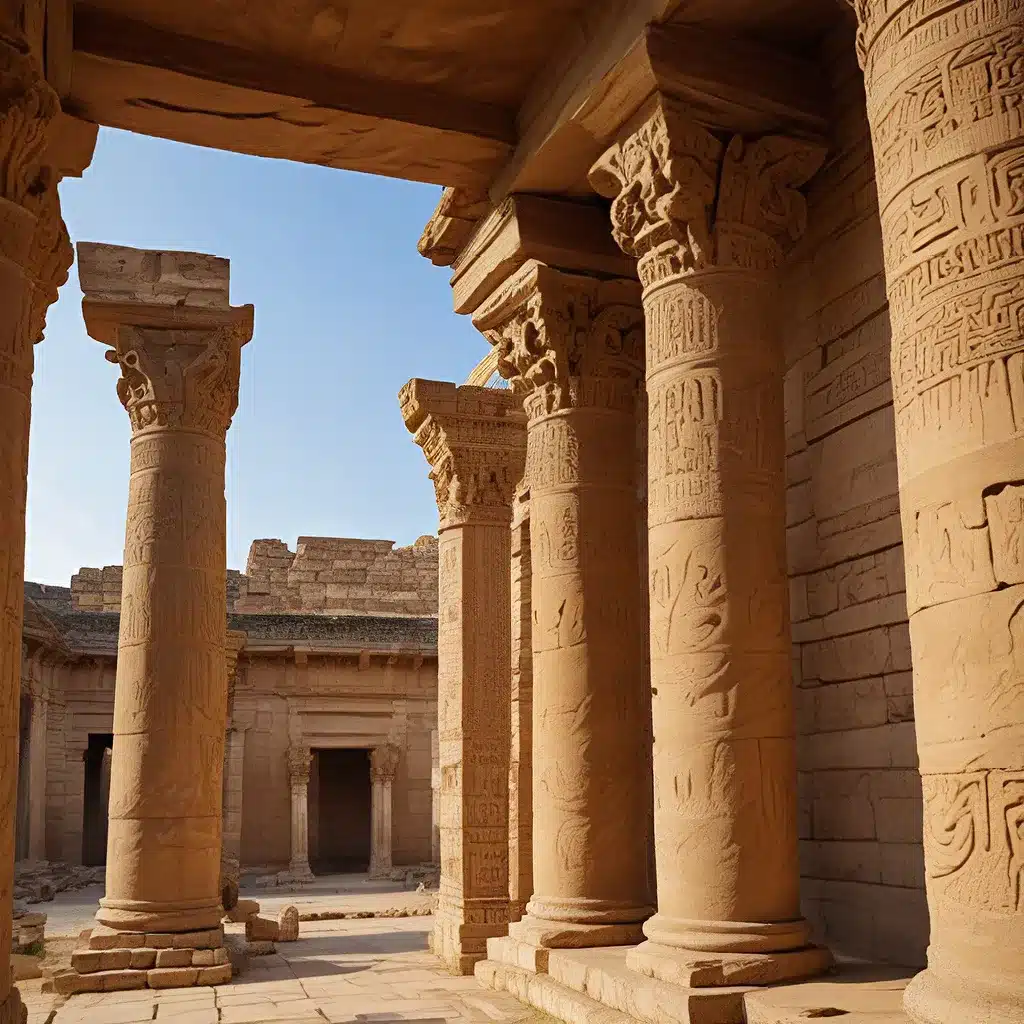
The Enduring Mysteries of Iconic Structures
Across the globe, ancient architectural wonders stand as silent sentinels, guarding the secrets of lost civilizations. From the towering pyramids of Egypt to the intricate temple complexes of Angkor Wat, these monumental structures have captured the imagination of historians, archaeologists, and curious minds alike. In this captivating exploration, we delve into the riddles of ancient architecture, uncovering the stories hidden within the stones and unraveling the technological marvels that defied the limitations of their time.
Unveiling the Architectural Mastery of the Romans
One of the most renowned examples of ancient architectural prowess is the Roman Colosseum. This colossal amphitheater, built in the 1st century AD, stands as a testament to the Roman Empire’s engineering genius. Measuring over 600 feet in length and accommodating up to 50,000 spectators, the Colosseum was a marvel of its time, featuring a complex system of arches, vaults, and innovative use of concrete known as Opus Caementicium.
The Roman architects skillfully incorporated elements of Greek architectural styles, such as the Doric, Ionic, and Corinthian columns, into the Colosseum’s design. However, they did not merely imitate their predecessors; they built upon these influences and introduced their own innovative techniques, revolutionizing the way structures were conceived and constructed.
One of the most significant innovations was the true arch, composed of wedge-shaped blocks called voussoirs with a keystone at the center. This design allowed for the even distribution of weight, enabling the construction of domes, vaults, and arches that were both visually stunning and structurally sound. The use of pilasters, or rectangular columns projecting from the wall, further enhanced the Colosseum’s aesthetic while serving a decorative purpose.
Adapting Ancient Designs for the Modern Era
Inspired by the architectural marvels of the past, designers have sought to reimagine and reinterpret these iconic structures for the contemporary world. One such example is the adaptation of the Colosseum’s design into the Safeco Field, home of the Seattle Mariners baseball team.
By incorporating the essential elements of Roman architecture, such as the Doric, Ionic, and Corinthian columns, true arches, and pilasters, the designers have created a modern-day interpretation that pays homage to the architectural achievements of the past. The use of consistent visual cues and attention to form follows function principles allows this modern stadium to evoke the grandeur and sophistication of its ancient counterpart.
Decoding the Mysteries of Ancient Civilizations
The enduring appeal of ancient architecture lies not only in its aesthetic beauty but also in the technological and cultural insights it provides. Deciphering the riddles hidden within these structures can shed light on the ingenuity, beliefs, and societal values of the civilizations that constructed them.
For example, the intricate designs and meticulously planned layouts of many ancient temples and palaces often reflect the cosmological beliefs of their builders. The alignment of structures with celestial bodies, the incorporation of symbolic imagery, and the integration of natural elements all serve to connect the physical realm with the spiritual in a tangible way.
Similarly, the sheer scale and engineering feats of monumental structures, such as the pyramids of Giza or the Colosseum, showcase the organizational capabilities, technological prowess, and labor-intensive construction methods employed by ancient societies. These architectural accomplishments stand as enduring testaments to the ingenuity and determination of our ancestors, challenging modern-day perceptions and inspiring us to explore the limits of human potential.
Uncovering the Secrets of the Past
As archaeologists and historians continue to unravel the mysteries of ancient civilizations, the study of their architectural legacies remains a critical aspect of understanding the evolution of human culture and innovation. Each new discovery, whether it be a previously unknown structure or a deeper understanding of construction techniques, contributes to our collective knowledge and fuels our fascination with the enduring riddles of the past.
Through the careful analysis of architectural remains, the interpretation of ancient texts and inscriptions, and the application of advanced technologies, researchers are peeling back the layers of history, revealing the untold stories that lie hidden within the stones of these timeless wonders. By decoding the riddles of ancient architecture, we not only honor the achievements of our forebears but also unlock the keys to unlocking the secrets of the past and shaping the future**.
The Lost Kingdoms invites you to embark on a journey of discovery, exploring the architectural marvels that have captivated the imagination of scholars and adventurers alike. Join us as we uncover the mysteries of the past and delve into the technological, cultural, and spiritual insights hidden within these architectural masterpieces**.


